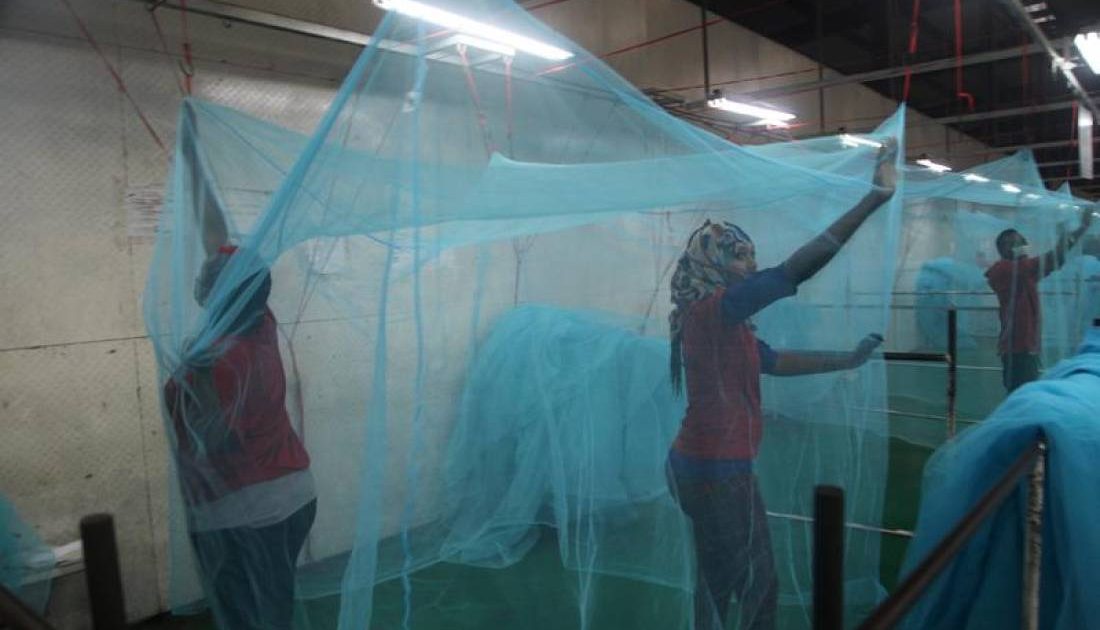Kericho County is set to commence mass distribution of mosquito nets to its residents in all the six Sub- counties starting July to avert a looming Malaria crisis.
Speaking at the County stakeholders meeting held at ACK Holy Trinity Church in Kericho Town, Kericho County Malaria Control Coordinator, Mr Richard Siele, confirmed that 621, 237 Long-Lasting Insecticidal Nets (LLINs) will be distributed to a total population of 1,016,565.
According to Mr Siele, officers from the Ministry of Health will first start the process by taking a survey of the number of households in each Sub- County by conducting a door-to-door registration exercise to establish the number of people in each household.
Mr Siele said a total of 2, 649 villages in the County have been targeted with the head of each household notified on where to pick the nets as there will be 31 drop-off points.
“Even though in the last one year, the County recorded a positivity of 14% down from 18% while the prevalence was at 3%. We want to reduce this rate further. We are going to get the exact number of people in each household to establish the number of nets we will give per household, two people will share a net,” stressed Mr Siele.
Also present at the stakeholders meeting was the Kericho County Head of Nursing Services, Ms Beatrice Koskei, who expressed his concern that Malaria ranks second in top ten dangerous diseases in the County with 31,000 people infected this year.
“It is important that people, especially in the villages around Kericho County, cooperate with the registration officers who will be going round collecting information from them so that they may receive the mosquito nets which will prevent them from Malaria,” said Ms Koskei.
In the recent past, hospitals in Kericho County have been stepping up efforts to ensure that pregnant women are well protected from malaria by free provision of mosquito nets as they are deemed to be a high-risk group.
The County Malaria Control Coordinator also pointed out that not only are Pregnant mothers who are a high-risk group but also children under the age of 5, elderly population over the age of 70 and people with compromised immunity, hence they need to be covered by a treated mosquito net for protection.
“Kericho County is classified as one among the highland epidemic prone zones and the most common parasite here is the Female Anopheles (Plasmodium Falciparum) which causes malaria,” said Mr Siele.
According to the World Health Organization, the Long-lasting insecticidal nets have played an important role in the remarkable success in reducing malaria burden over the past decade.
LLINs are nets treated in the factory with an insecticide incorporated into the net fabric which makes the insecticide last at least 20 washes in standard laboratory testing and three years of recommended use under field conditions.
“Eradication of Malaria remains high among the priorities of Kericho County, citing strong political commitment from the County leadership and that advocacy was still ongoing for external program funding and technologies to help the eradication of malaria both locally in the County and also nationally,” said Mr Siele.
Mr Siele assured members of the public that they will be well sensitized on how to set up the nets, warning those who might use them for other purposes that are not intended for that action will be taken against them.
Nationally, 15.7 million mosquito nets will be distributed to 27 Counties and expected to cover a population of 27 million people.
By Kibe Mburu





